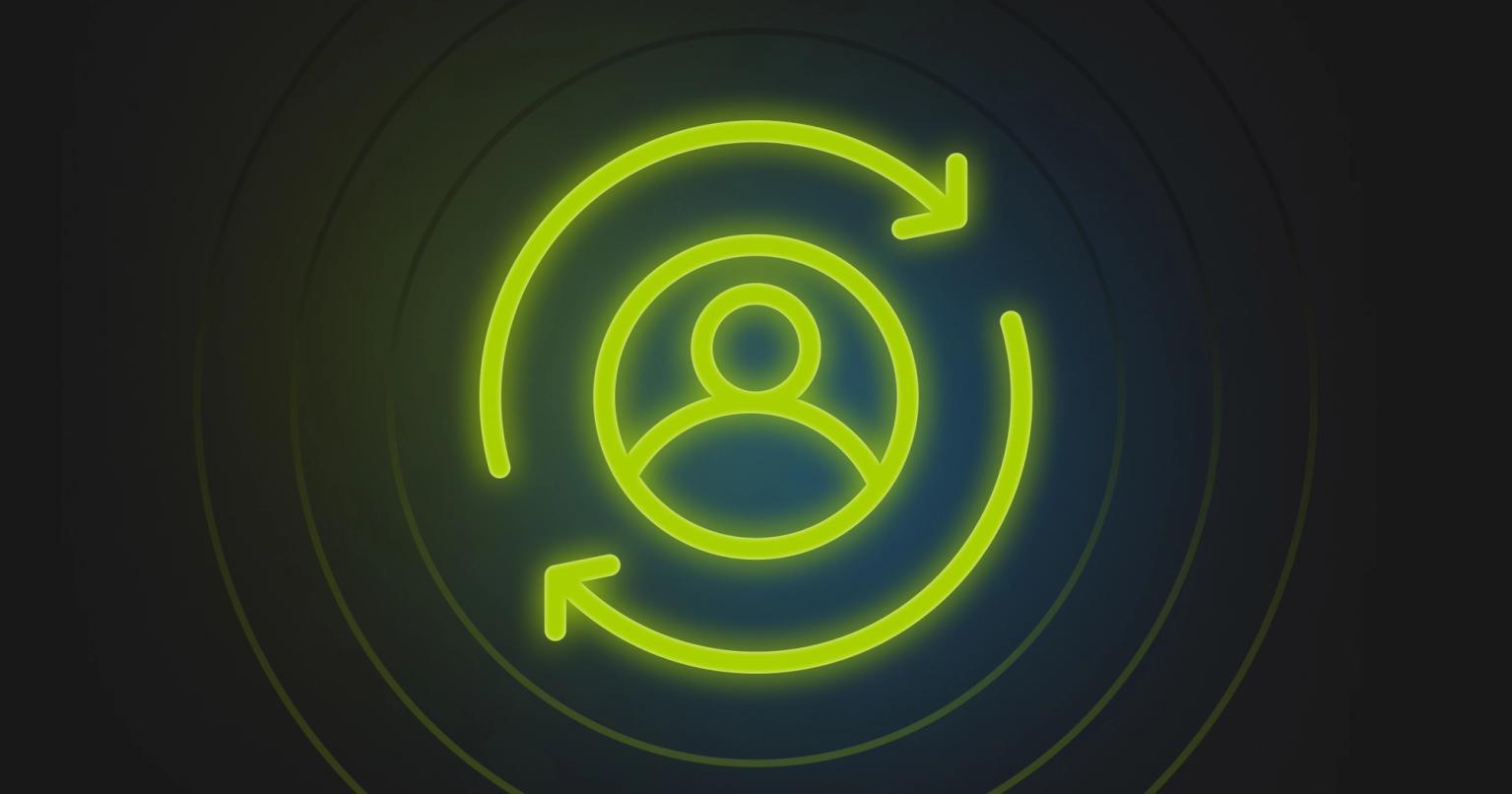Avoiding the SaaS Conundrum: From One UX Designer to Another

Mishelle Menzies
Product Designer, Knak
Published Jun 9, 2020

Summary
Discover UX design strategies for SaaS platforms with Mishelle Menzies, focusing on user insights and avoiding common pitfalls.
Knak is always looking for ways to improve the customer experience. It’s been a commitment since day 1, so when they decided to refresh the Knak app to improve accessibility and user experience, they looked for a UX specialist. This spring, they found me.
Hi! I’m Mishelle, Knak’s new UX designer. I’ve been a SaaS designer for a while now, and I’d love to reach out to my fellow SaaS platform pixel shifters to talk about something we encounter on a regular basis: the SaaS Conundrum.
As a UX designer, I’m constantly trying to understand the user:
- Why did they click there?
- How long did it take?
- Was it what they expected?
- How many rage clicks is too many?
I use what I learn to shape what I build. Basically, I’m using metrics to inform my design. Sounds easy enough, right?
Wrong, and that’s where we meet the SaaS conundrum.
Unlike consumer products with a clear conversion funnel, enterprise software is a little more abstract. There are multiple user types, along with different objectives and actions all taking place within the same platform.
To further complicate matters, feedback from Customer Service reps tends to skew towards a certain type of user: the Administrator.
Don’t get me wrong: the administrator is essential. They set the team up for success and provide guidance along the way, but the admin isn’t always a high-frequency, daily user. As a result, SaaS products often fall into the trap of catering their design to the paying user instead of the average one.
So, how do we find balance?
First, identify your users
It’s time to become a bit of an investigative reporter, and find out who on your team has the greatest insight into your users. Is it Support? Sales? The CEO?
Ask them to identify the core users and break down their defining characteristics. This is known as “Persona” or “Archetype” building (hint: Medium has a great article on this if you need a point in the right direction!).
I’m not here to debate the value of personas. At the end of the day, the important thing is to make sure you have a solid grasp of:
- Who your users are
- How they use your product
Share this information with your team, get their insights, and evolve this metric as more information comes in (know better, do better, right?).
Next, get to know them
Once you’ve identified your core users, it’s time to get down to the nitty gritty. There are two ways to do this: app analytics and user interviews.
App Analytics:
This is great for quantitative data and for a deeper understanding of what users are looking for. To get the most out of app analytics:
- Track user types
- Use heat mapping and automatic screen recordings to see what people are looking at
- Identify how long it takes them to complete tasks
- Flag frequently visited areas
Once you have this info, you can begin to understand whether or not your product is solving the problems that led them to your app in the first place.
User Interviews:
Once you’ve identified your user types, schedule a time to talk to them. Ask about:
- Their experience so far
- Pain points
- What they love about your product
These interviews are a great way to understand what your users are feeling, and their personal stories add colour to your data. I’d even encourage you to take it a step further by asking them to share their screen and show you how they complete certain tasks.
Again, Medium has a really helpful article about user interviews if you want to learn more about how to structure them!
I can’t say enough about the insight you’ll gain from this. Once you understand how users are interacting with your product, you’ll be able to streamline and improve the UX in a way you wouldn’t be able to otherwise.
Understand their journey
Now it’s time to take all that data you’ve gathered and put it into a map. It will help you:
- Visualize how a user engages with your product
- Identify areas for improvement
- Highlight opportunities for new features
There are several great resources on how to create a compelling journey map, including this one from UX Planet. Check it out to learn more about how to do it successfully!
Put it all together
Steve Jobs said, “You’ve got to start with the customer experience and work backwards to the technology.” Solutions and improvements should always start with an understanding of our users’ objectives – that’s why it’s important to get your hands dirty and talk to your users.
Basing decisions on one point of view limits your potential to develop solutions that meet customer needs (and I mean all your customers, not just the squeakiest wheels). If you know and understand who you’re designing for, you’ll be better positioned to make the right decisions.
After all, if design decisions aren’t based on research findings and real user insights, it’s not UX.











